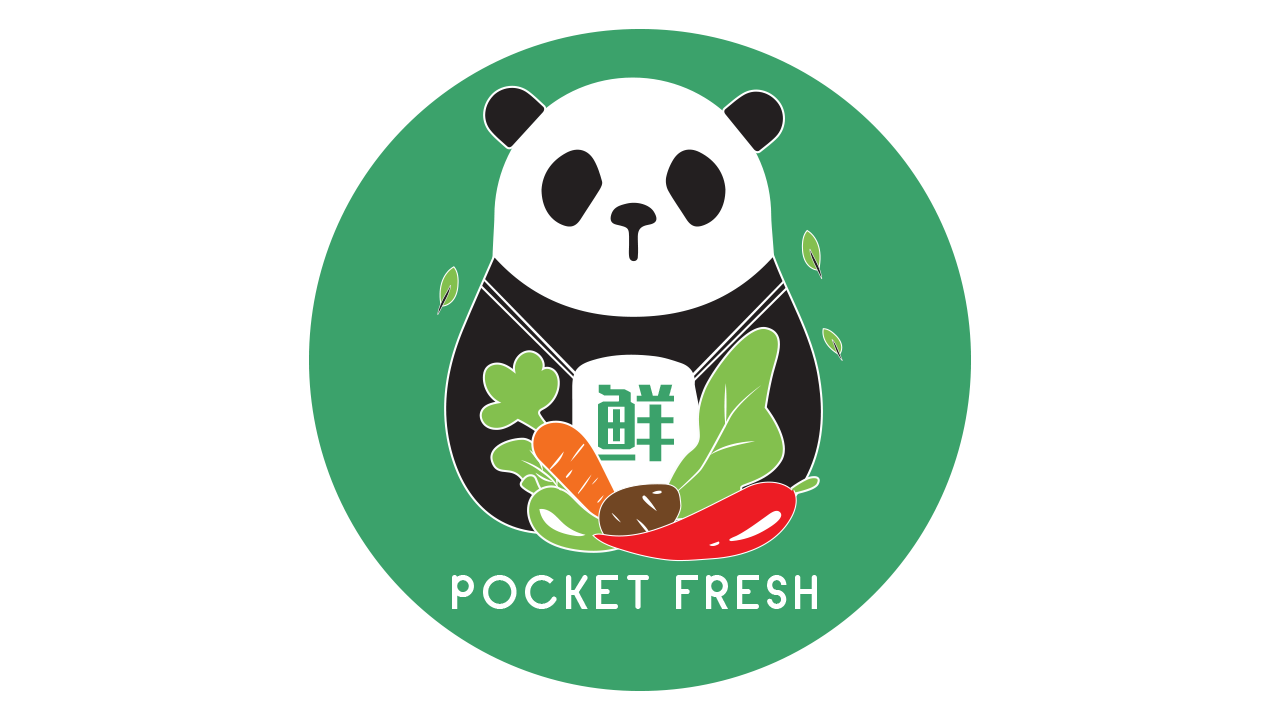Manga vs. Anime: Exploring the Key Differences
On this planet of Japanese entertainment, manga and anime are distinct forms of media which have captivated audiences around the globe. While they both originate from Japan and sometimes share the same supply materials, they offer distinctive experiences and storytelling methods. In this article, we will delve into the key differences between manga and anime, shedding light on what makes each medium special and why fans are drawn to both.
Format and Medium:
Manga and anime differ primarily in their format and medium of presentation. Manga refers to Japanese comics or graphic novels, typically presented in black and white, although colored variations exist as well. These are printed on paper and may be held in your palms like a traditional book or magazine. In contrast, anime is animated television shows or motion pictures that convey manga and other tales to life via moving images, sound, and voice acting.
Pacing and Consumption:
One of the most significant distinctions between manga and anime is the pacing of the story. Manga permits readers to progress at their own pace, flipping back and forth between pages to savor every panel and detail. Readers can spend as much time as they like on a single web page, absorbing the artwork and dialogues. This autonomy over the story’s tempo grants a deeper connection with the characters and a more immersive experience.
Anime, alternatively, imposes a fixed pace. Episodes and movies run for specific durations, which can lead to a faster storytelling tempo than manga. This will be each an advantage and a drawback, as it provides a more dynamic and visually engaging experience however might sacrifice some of the depth and nuance discovered in the original manga.
Art Style and Expression:
Manga and anime share the identical inventive roots, however they diverge in their visual presentation. Manga artists have more freedom to detail their artwork, as they do not have to worry about the constraints of animation production, reminiscent of frame rates and fluidity of motion. Consequently, manga typically boasts intricate backgrounds, elaborate character designs, and a higher level of detail.
Anime, on the other hand, often faces limitations by way of animation funds and time constraints. While there are exceptions with exceptionally well-animated series, anime could generally simplify character designs and backgrounds to ensure smoother animation. Nevertheless, it compensates for this by providing dynamic visuals and vibrant colors that may be breathtaking and captivating.
Character Development:
Each manga and anime are adept at character development, but the depth and subtlety of this development may differ. Manga can delve deeper into characters’ ideas, emotions, and backtales, thanks to the liberty of space and pacing. Readers have more opportunities to connect with the characters on a personal level and understand their motivations and development all through the story.
Anime, on the other hand, often relies on voice acting, music, and animation to convey character emotions and development. While these elements will be powerful, they could not always match the level of depth achieved in manga. It is essential to note that not all anime adaptations compromise character development, and some manage to translate it successfully onto the screen.
Filler Content:
In the realm of anime, filler content is a common occurrence. Attributable to production schedules and the necessity to adapt ongoing manga series, anime typically consists of episodes or story arcs that aren’t present in the unique supply material. These fillers might be hit or miss, with some adding depth to the narrative and others feeling like pointless distractions.
Manga, being the supply materials, generally avoids filler content material, as the mangaka (manga creator) has more control over the story’s progression. This can lead to a more streamlined and cohesive narrative expertise in manga compared to its anime counterpart.
In conclusion, while both manga and anime share a standard cultural heritage and sometimes adapt the identical supply material, they offer distinctive experiences as a result of variations in format, pacing, visual model, character development, and the presence of filler content. Fans of both mediums appreciate them for their distinct qualities, with some enjoying the intimate and customizable expertise of reading manga, while others favor the dynamic and immersive nature of anime. Ultimately, the choice between manga and anime comes down to individual preferences and the desire to explore a beloved story in different ways.
If you adored this information and you would like to acquire more info regarding 마나토끼 i implore you to pay a visit to the site.
